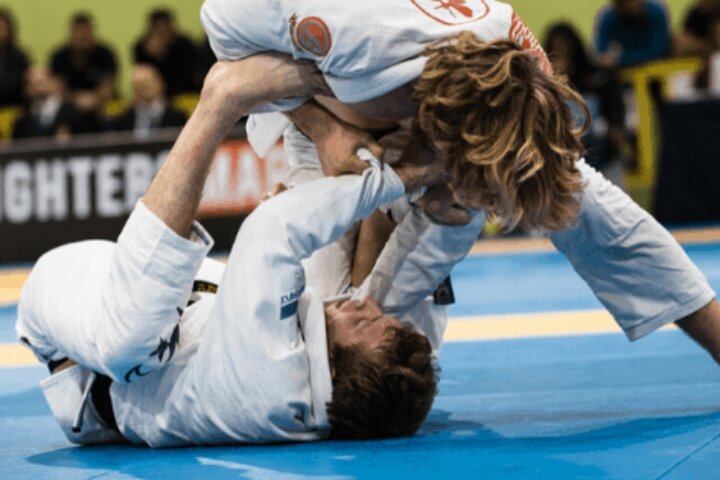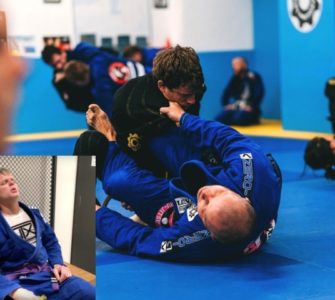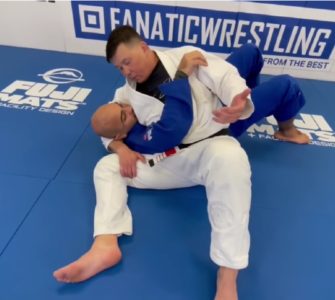Learning Brazilian Jiu-Jitsu is never easy (although it’s almost always fun). To make it easier, you’ll have to start learning about the systems of movement, both in attacks and defense alike.
For example, here are the 3 guard retention stages that you can use in your very next training session.
GUARD RETENTION SCENARIO #1: OPPONENT IS FAST
Sometimes, no matter how technically great you are, your opponent will be faster – and they’ll start closing the gap between you and them at a fast pace.
In this scenario, adequate guard retention starts by posting on the opponent’s far arm (at the shoulder and elbow). Then, as they start dropping their hips, you can use this frame to facilitate the escape; scooting out and sliding your knee in-between them and yourself (or pummeling your far leg to the inside).
GUARD RETENTION SCENARIO #2: OPPONENT IS CLOSING THE GAP
But what if you’re unable to post on their shoulder? What if your opponent is already closing the gap between the two of you?
In that case, you’ll need to turn away and then back into them. This is done by framing on their near shoulder (with your far arm) and then by getting your hips underneath them; never revealing your back.
GUARD RETENTION SCENARIO #3: THE LEG DRAG
If your opponent executes a Leg Drag variation – i.e. they get your legs to the side and your knees are now facing away from them… You can always rest assured that pummeling your far leg to the inside (often against the opponent’s hip) and then using it to retain the guard is a high-percentage tactic.
Professor Brian Glick demonstrates more details to these guard retention techniques on the video below:

















